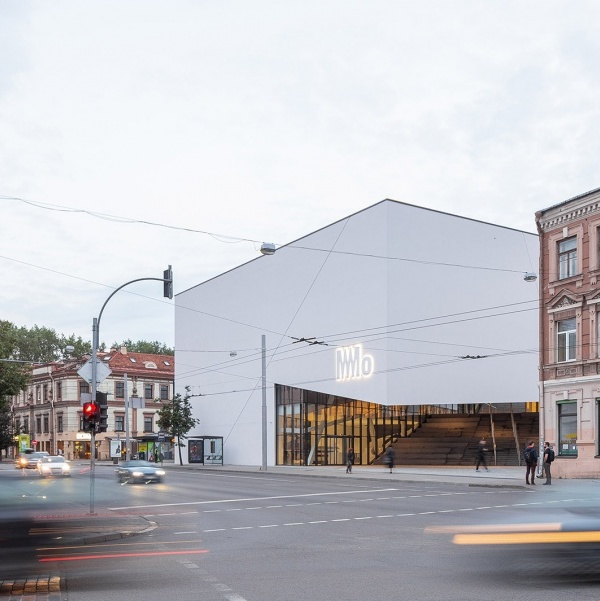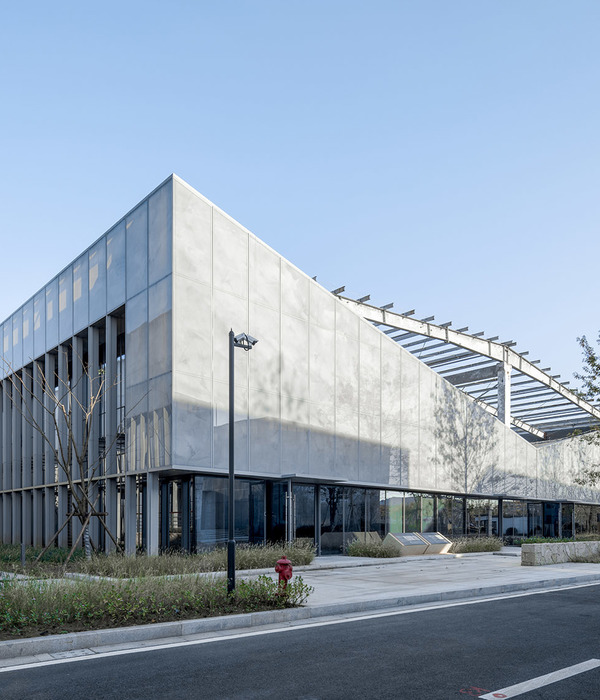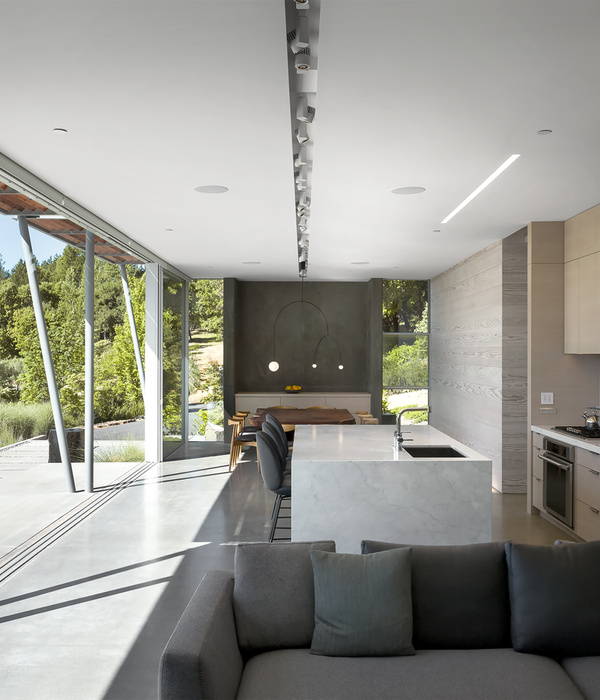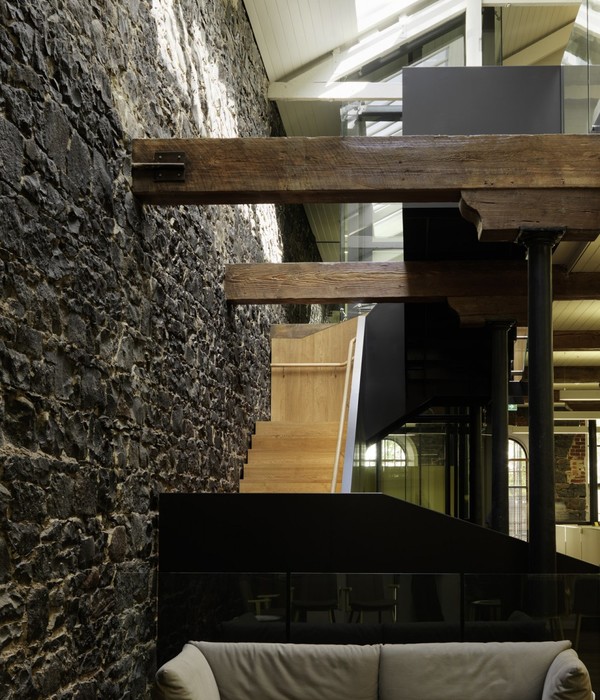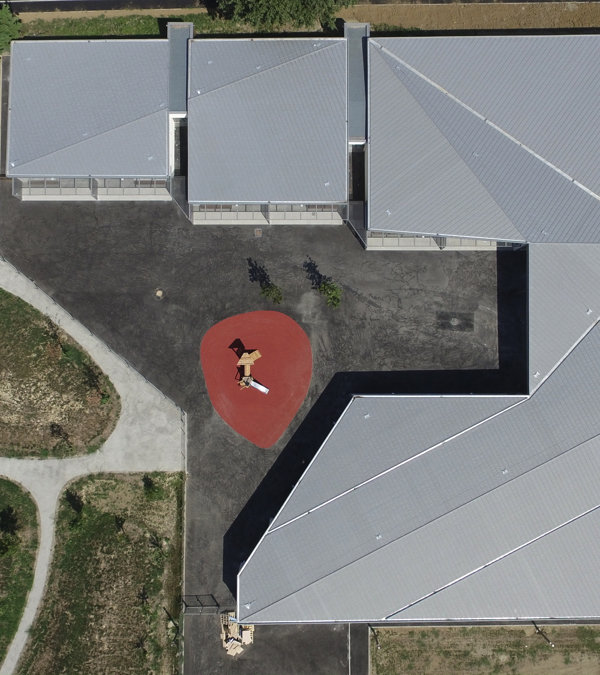Fire Mesa is a product of community vision, collaboration, and improvisation in the rural desert town of Bluff, Utah. The community kitchen and grilling pavilion will serve as a hub for the few large events the community hosts each year including the annual hot air balloon festival, and it offers a new amenity for locals who already use the adjacent community center buildings for yoga, meetings, or picnics. The project involved community members from beginning design processes via public workshops and through the building process by welcoming visitors to see progress and participate in the construction.
DesignBuildBLUFF worked with members of the community to develop a master plan proposal for the community center site which includes an improved playground, recreation areas and walking paths, native vegetation, and program for performances and stargazing.
Imagined as a space for gathering, indoor and outdoor cooking, music, and recreation, Fire Mesa is the first built component of the master plan and the centerpiece of the expansive site, intended to activate the adjacent proposed programs as they come into realization. It features a 400 square foot commercial kitchen which will be used by the community center and rented for events, and a 14-foot long outdoor grill which is accessible to visitors year-round.
Rammed earth walls are a striking feature as one approaches the site, attracting passersby to come closer to inspect and feel the handcrafted surfaces. They also shield the kitchen from the intense desert sun and strong winds, tempering the interior environment by thermal mass. The labor-intensive construction process of the rammed earth walls was an opportunity to create a unique and durable assembly using local, inexpensive materials; to tap into volunteer labor; and to introduce a new building technology to the community.
The walls tell the story of their slow and manual creation through the visible layers of material. The texture of each lift depended upon the amount of compaction, variations in each batch of material, and even how the material was placed into the formwork before ramming.
In the spirit of the DesignBuildBLUFF program where improvising and innovating with recycled materials is convention, many of the finishes were salvaged or donated. The underside of the sprawling canopy which floats above the rammed earth is clad in corrugated metal left over from previous projects. Fenestrations are finished with salvaged steel and the beams of the canopy are charred to darken and protect the wood.
Despite the material palette being restricted to materials which were affordable and accessible in this remote corner of Utah, the tones of earth and rusted metal and the charred wood and dark steel fit right in amongst a sea of sand and against a backdrop of the iconic red bluffs from which the town gets its name.
{{item.text_origin}}

